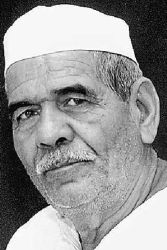A very well-written and finely researched article on Peasant Messiah Chaudhary Chhotu Ram has appeared in the Tribune, Chandigarh edition on 4th February, 2014. It highlights the life, contribution and times of Chaudhary sahib.
Log link
www.tribuneindia.com to read the full contents of the article by S S Johal.



 Reply With Quote
Reply With Quote

